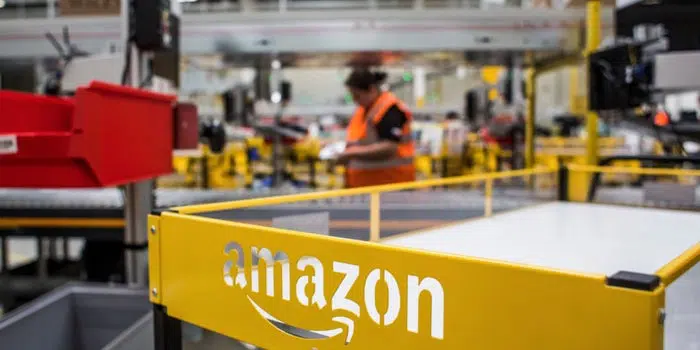Work is quickly moving to the heart of Canadian culture, with the gig economy becoming increasingly important. Uber and Skip the Dishes aren’t the only ones hiring. Shops are now expecting the appearance of a new workforce who will operate as freelancers, agreeing to a project-by-project basis.
Even Canadians’ stereotypical snow shovelling is becoming part of the gig economy. Homeowners in Calgary now have the option of utilizing a smartphone app to have shovelers work on their properties.
Sociologists are working to implement a workforce where workers don’t have to interact or have jobs. But this viewpoint sharply contrasts with popular representations of a fluid economy that provide employees with the ability to direct their destinies. Which of these two characterizations is more accurate in describing the lives of Canada’s gig workers: lives that are isolated and decentralized or lives that are linked and empowered
Researching the facts concerning Canada’s gig economy is tricky because there is so little information available about gig workers.
Many gig economy workers make less than $15 an hour.
The 2019 Canadian Quality of Work and Economic Life Study has been conducting surveys with a diverse group of Canadians from all workforce sectors. According to our unpublished research, 2,524 working Canadians from this survey were interviewed.
Angus Reid Global keeps a massive database of consumers’ email addresses that we have access to via a database. In conducting our research, we sent out thousands of online surveys that we drew from this database. For this investigation, we interviewed people on how they make money, starting with those who work for money, such as delivery drivers and freelancers, through others who work for nothing in return, such as those driving for Uber and Lyft or performing chores online. Respondents reported if they’d done any of these tasks in the previous month; those who had completed any of them worked in the gig economy.
According to our findings, about one in every five people (around 20 percent) engages in freelance employment, a figure equal to previous studies.
There was a notable contrast between Gig economy workers and more typical workers; the former was hurting. We implemented a few standard measures from the social sciences to measure loneliness; among them were three questions that researchers widely use.
Others can report if they feel alone, like they don’t have someone to spend time with or have the sense that no one understands them. Gig workers are nearly twice as likely to have chronic loneliness symptoms. The Gig employees showed improved mental health results over time, with notable instances of despair and anxiety.
Do gig economy workers feel empowered even though they are more lonely and distressed?
The evidence indicates that this is false. We asked our respondents to reply to a series of questions typically used to assess people’s sense of powerlessness. These questions will address whether people feel as if they are powerless to improve their circumstances or feel as though they lack control in their lives.
People working in the gig economy were roughly 40% more likely to believe that they had little control over their lives and 50% more likely to feel helpless. They are more likely to be more vulnerable.
Less social and less joyful
In general, gig economy workers felt more disconnected, less satisfied, and more helpless. And, workers in the gig economy differ even more substantially from traditional labour in other respects. According to our findings, gig economy workers are found to be younger and less likely to be married. Those who work in the gig economy also work more hours and are less likely to hold a degree.
Are the above statistics indicating that the gig economy draws from a different basis than more traditional workplaces? No. The disparities we found weren’t due to any of those issues.
To discover how these patterns manifest in everyday life of the contemporary gig economy participants, you only need to look closely at the details of their lives. Passengers using Uber can choose a “quiet preferred” option, resulting in drivers providing a silent ride. Shopping for groceries used to be a personal experience, but now many customers order delivery or grab a cart to roam the aisles of grocery shops stocked by workers they can hardly see.
In the gig economy, you may have a boss that is an algorithm that pays you based on fluctuations in demand for your work and what you think of yourself. The result is a weak and isolated workforce.
A dark scenario of employment
If this is how we operate in the future, many people will have a cold and isolating lot. Still, no one knows how long the gig economy will be around.

California is forcing many companies to identify gig workers as employees; this will likely hinder gig-economy growth or completely rework it. It will begin on January 1, 2020.
Uber Works is a new app that expands on Uber’s gig-labour intermediary position since it not only extends to include services outside of the ride-sharing business, but it is also the leading supplier of shift employment for tens of thousands of Americans.
Our survey demonstrates how the gig economy has become a vital component of the lives of many working Canadians. Additionally, it is a crucial way for customers to buy products and services.
Nevertheless, the workers pay a high psychological price for the new economy. A rapidly approaching issue for Canadians will be whether or not the convenience and freedom offered by the gig economy are worth the associated costs.



Comment here